Cyprus' favourite time of year has arrived.
Locals go on holiday in the second half of August, the island's 'dead season'. The most difficult month of the year to survive, locals prefer to spend it at the beach rather than at work. Many businesses, shops and pharmacies close for the holidays. Public institutions are the first to say goodbye to their clients until September.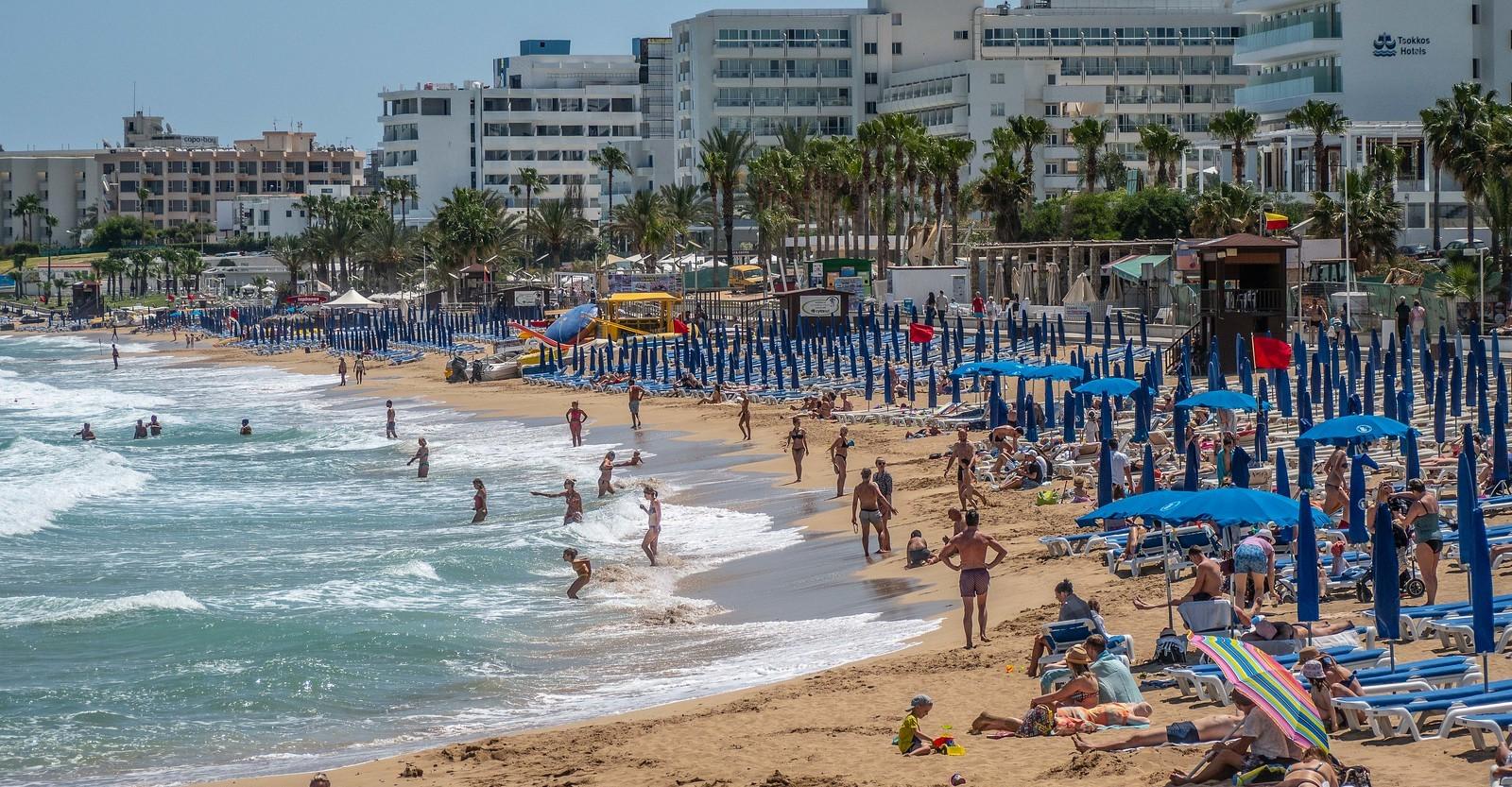
For the next two weeks it is better to postpone all important things: do not give birth, do not get sick, do not break your car, do not try to get a visa or any other permit. Now is the time to tune into relaxation: take a good break from the work routine, relax and give yourself maximum time for your favourite things. It's also a great opportunity to take a tour of the sights you've always wanted to visit in Cyprus. All the more so as there is a great excuse!
August 15th is an official holiday in Cyprus, as the island celebrates the Assumption of the Virgin Mary, one of the most revered holidays of the year.
Who is the Virgin Mary?
More than eight hundred icons of the Virgin Mary are known. People turn to her in sorrow as well as in joy, with all their questions and problems, without exception, asking for salvation. For many centuries of human history, the world has been waiting for the coming of the Saviour. This expectation pervades the entire Old Testament - it is its central theme. The question arises: Why has it taken so long for the Messiah to come? The fact is that the woman who was to become the earthly Mother of God had to perform the greatest feat of self-denial and love. Centuries of preparation were necessary for such a woman to come into the world. Our Lady Mary is the most pure and humble virgin of all those born on earth. Such a child is the result of the efforts and spiritual work of dozens of generations.

It is said that children are the reflection of their parents. And to understand how such a gentle Virgin with such a strong faith came into the world, we must remember who her father and mother were. Our Lady's parents were the righteous saints Joachim and Anne. God tested them for a long time by not giving them children. And it is necessary to say that the absence of offspring was an extremely serious problem in Old Testament Israel. It was believed that if a family had no children, it was God's punishment. Such people were subject to ridicule, gossip and even persecution. But thanks to Joachim's prayers, God granted him and his wife a child.
On the one hand, the Virgin was indeed an unusual Virgin: a long-awaited child, begged from God at the age of three, given to be raised in the temple. On the other hand, she was an ordinary human being, familiar with the hardships and illnesses of human nature. Our Lady had enough faith not to doubt her destiny, enough spiritual strength not to be proud, and enough humility to carry her cross. She knew from the beginning that the earthly ministry of her Son would end tragically. Both as a believer and as a mother, she endured unimaginable suffering. And she did it because she wanted to save us all, the whole human race. That is why she is so highly honoured!
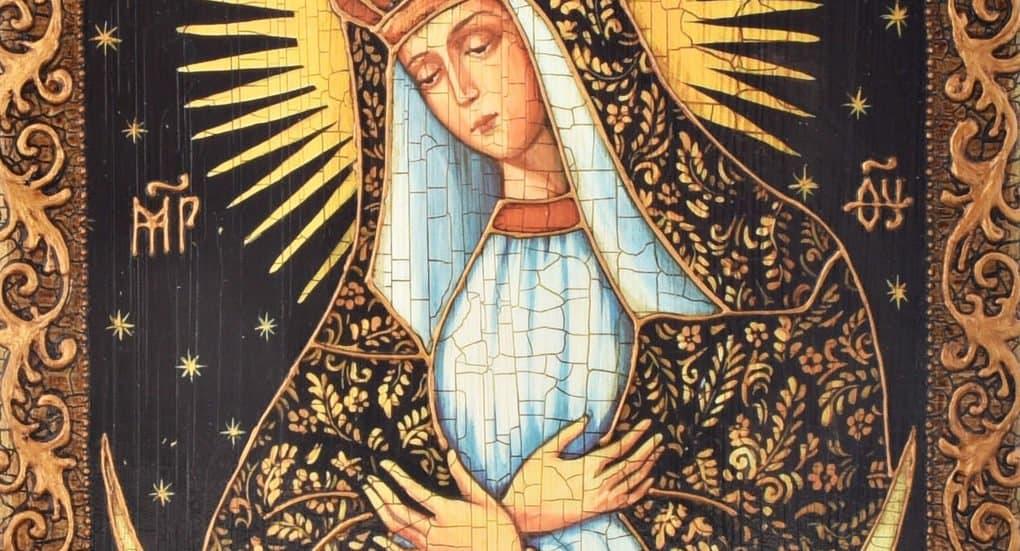
Historical and religious background of the festival
According to legend, the Virgin Mary visited the island of Aphrodite twice. The first time was during her earthly life. In the year 43, Mary came to Cyprus to meet St Lazarus of the Fourth Day, who was then Bishop of Kition. The second time the Virgin was seen by the monks of the monastery of Kykkos was several centuries ago. Returning to the monastery, they noticed a light coming from the windows of the church. Inside, all the candles were lit and a woman of extraordinary beauty with a halo on her head was standing nearby.
According to Orthodox tradition, the Dormition of the Theotokos marks not the death of the Virgin Mary in the usual sense, but her peaceful passing to the Lord. The word 'dormition' in Greek (κοίμησις) means to fall asleep, symbolising tranquillity and the transition from earthly life to eternal life. For Cypriots, therefore, 15 August is not a sad date, but a date of hope. The feast of the Dormition of the Virgin Mary has been celebrated since the 4th century. The Dormition is one of the great feasts, preceded by the two-week fast of the Dormition, the strictest after the Great Lent.
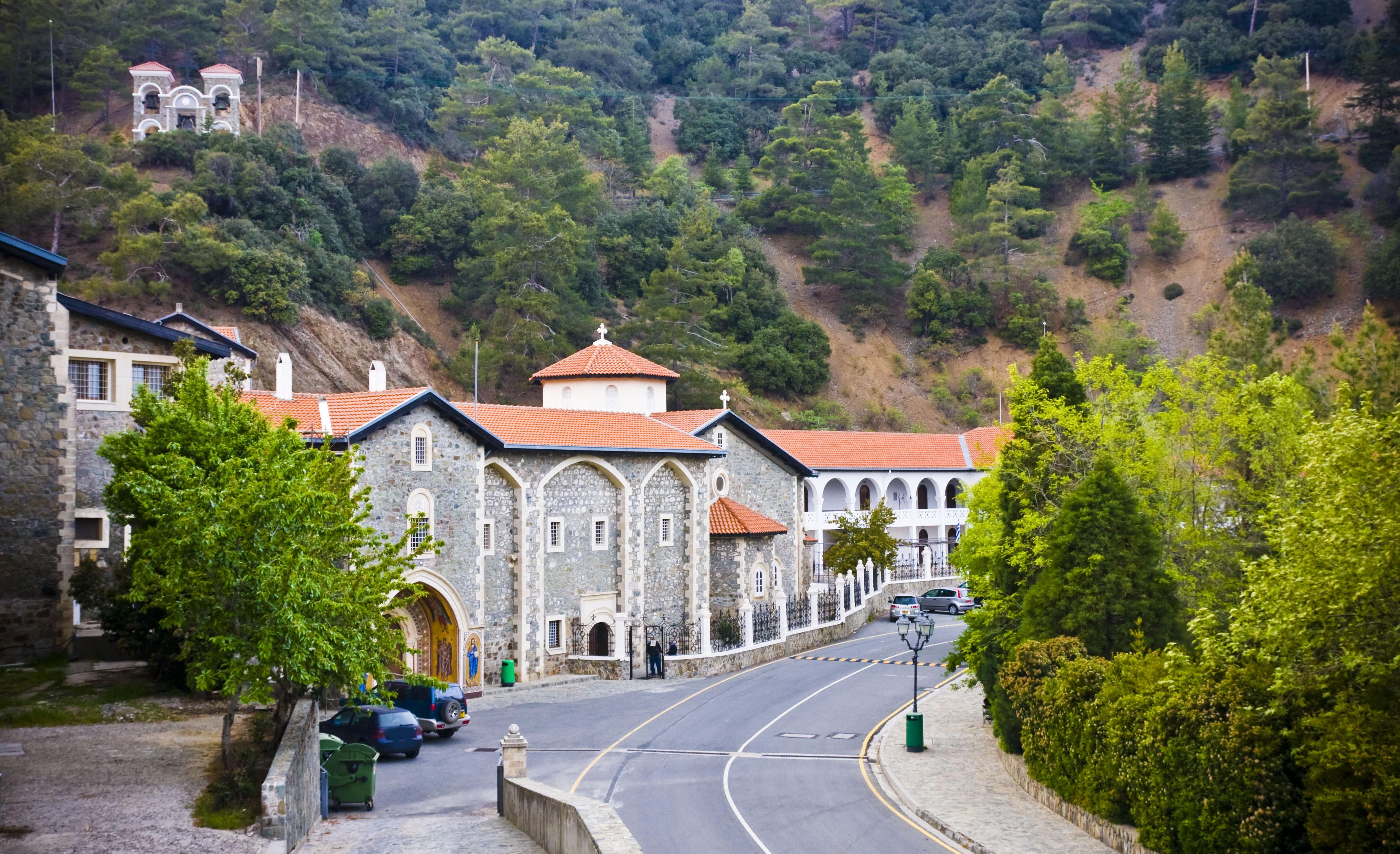
How to celebrate 15 August in Cyprus
In Cyprus, where Orthodoxy is the dominant religion, the Feast of the Dormition of the Virgin Mary is celebrated with great fanfare. As well as being a religious event, it is also a public holiday, with many institutions closed and locals gathering for family celebrations. One of the main traditions of the holiday is the participation in liturgies and processions.
The epicentre of the main events is usually the Kykkos Monastery. Several thousand Orthodox Cypriots come to this temple on 15 August. They are all eager to take part in the solemn nocturnal service dedicated to the Feast of the Dormition of the Theotokos. The most impressive moment of the service is the procession at the head of which is carried the shroud - an embroidered icon depicting the deceased Virgin Mary.
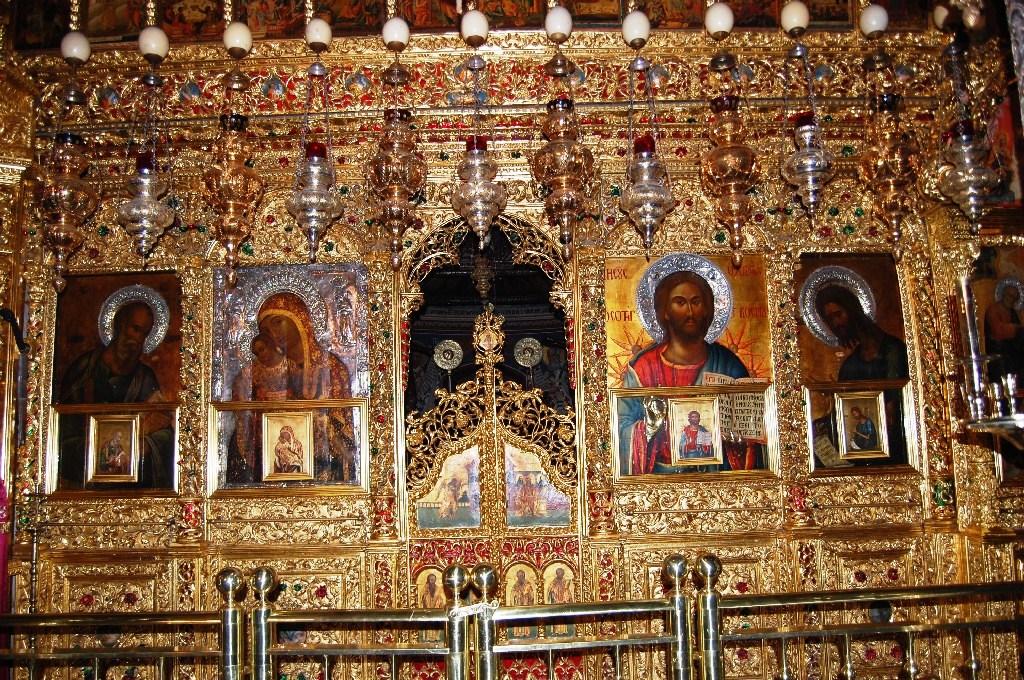
Traditionally, at the end of the procession, the monks of Kikka stand with the shroud in front of the entrance to the main church of the monastery, and all the participants in the procession pass under it, receiving the blessing of the Mother of God. The monastery also houses a priceless icon of Panagia of Kykkos, painted by the Apostle Luke himself. The faces of the Mother of God and the Infant Jesus are covered with a cloth that must not be removed. But the icon itself is considered miraculous, and the flow of devotees to it never ceases.
For many Cypriots, the Assumption is also a holiday of kindness and charity. On this day, all Orthodox islanders try to imitate the saint by helping and showing understanding to everyone around them. There is a joke on the island that on the day of the Dormition of the Theotokos even the policemen do not issue fines. This joke is often true, although Cypriots are honest people and never abuse the kindness of law enforcement officers on Assumption Day.
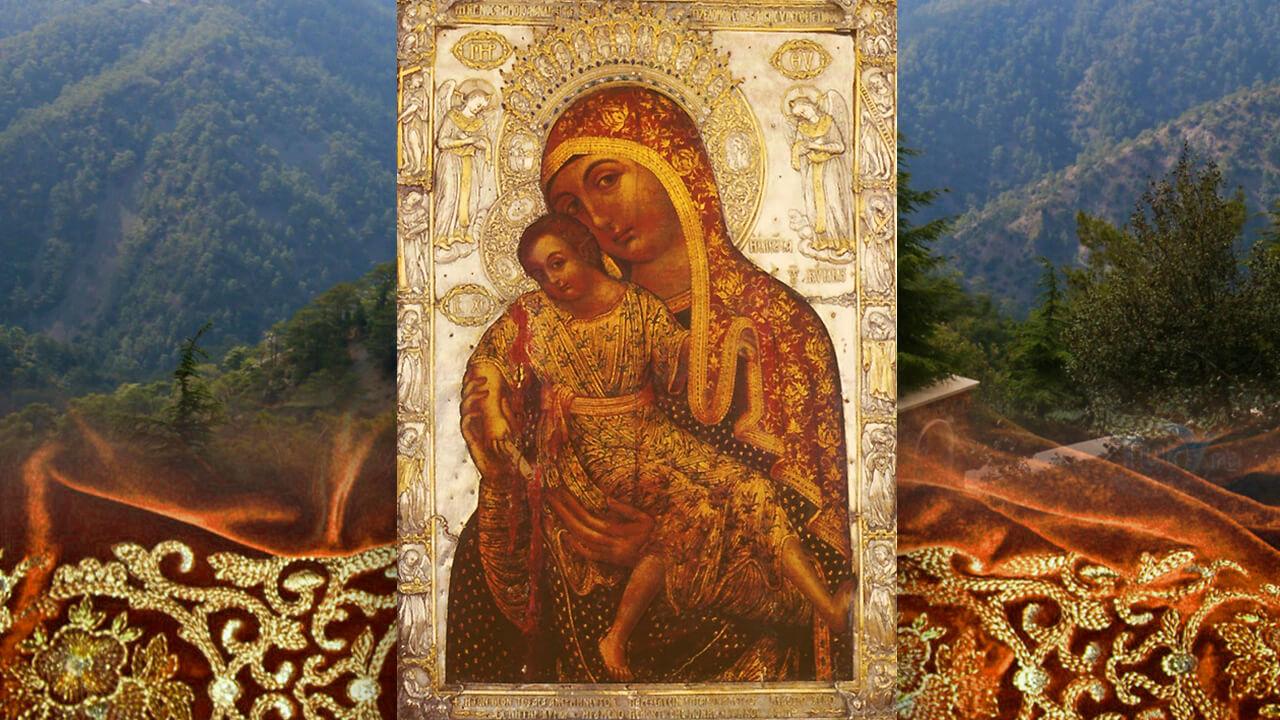
Popular traditions and customs
In addition to religious ceremonies, the Assumption of the Virgin Mary is accompanied by various folk traditions that vary according to the region of Cyprus. Many villages organise fairs where local people sell handicrafts, sweets, local produce and souvenirs. The fairs in the villages around Kykkos Monastery and Maheras Monastery are particularly popular. It is also customary to organise family feasts with traditional Cypriot delicacies on this day. For example, souvla, halloumi (cheese made from goat's and sheep's milk) and various sweets.
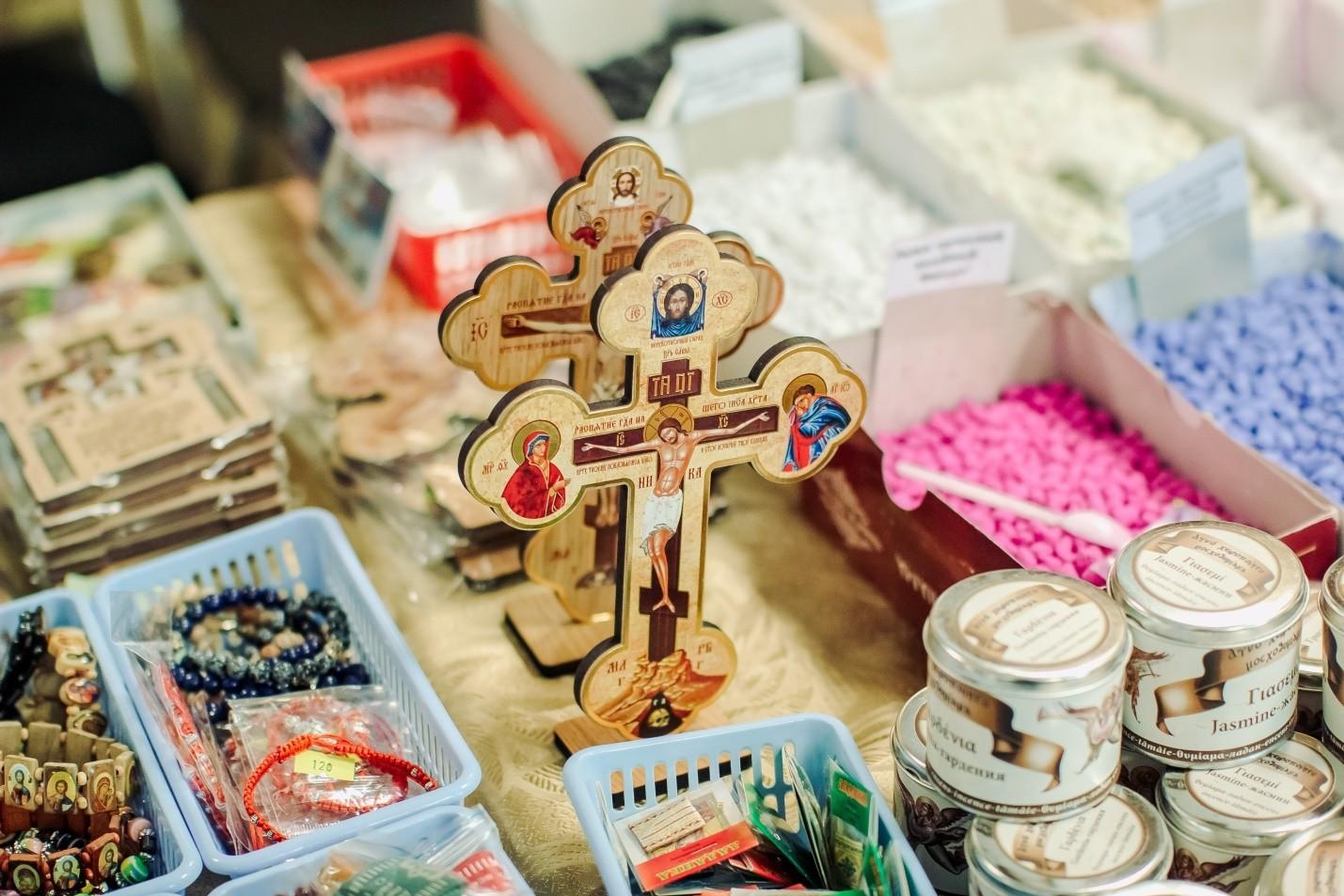
The symbolism of the Virgin Mary in Cypriot culture
The Virgin Mary occupies a central place in Cypriot religious life. Her image is closely associated with the protection and patronage of the island. She is believed to protect Cyprus from disaster and misfortune. For this reason, many monasteries and temples on the island are named in honour of the saint. One of the most famous is the monastery of Kykkos, as well as the monasteries of Maheras and Trooditissa. These shrines attract pilgrims from all over the world.
The Kikkos icon of the Mother of God is a special symbol in Cyprus, its image adorns many homes and is used in church rituals and festivities. The image of the Virgin Mary is also found on Cypriot coins and national symbols, underlining its important role in the island's cultural identity.

Pilgrimage and tourism
The Feast of the Assumption attracts not only pilgrims to Cyprus, but also tourists wishing to experience the traditions and culture of the island. Monasteries associated with the veneration of the Virgin Mary are particularly popular during this period and many travel agencies offer special itineraries that include visits to the shrines. In addition, fairs and festivals in towns and villages provide an opportunity to experience Cypriot customs, sample traditional foods and enjoy local music and dance.
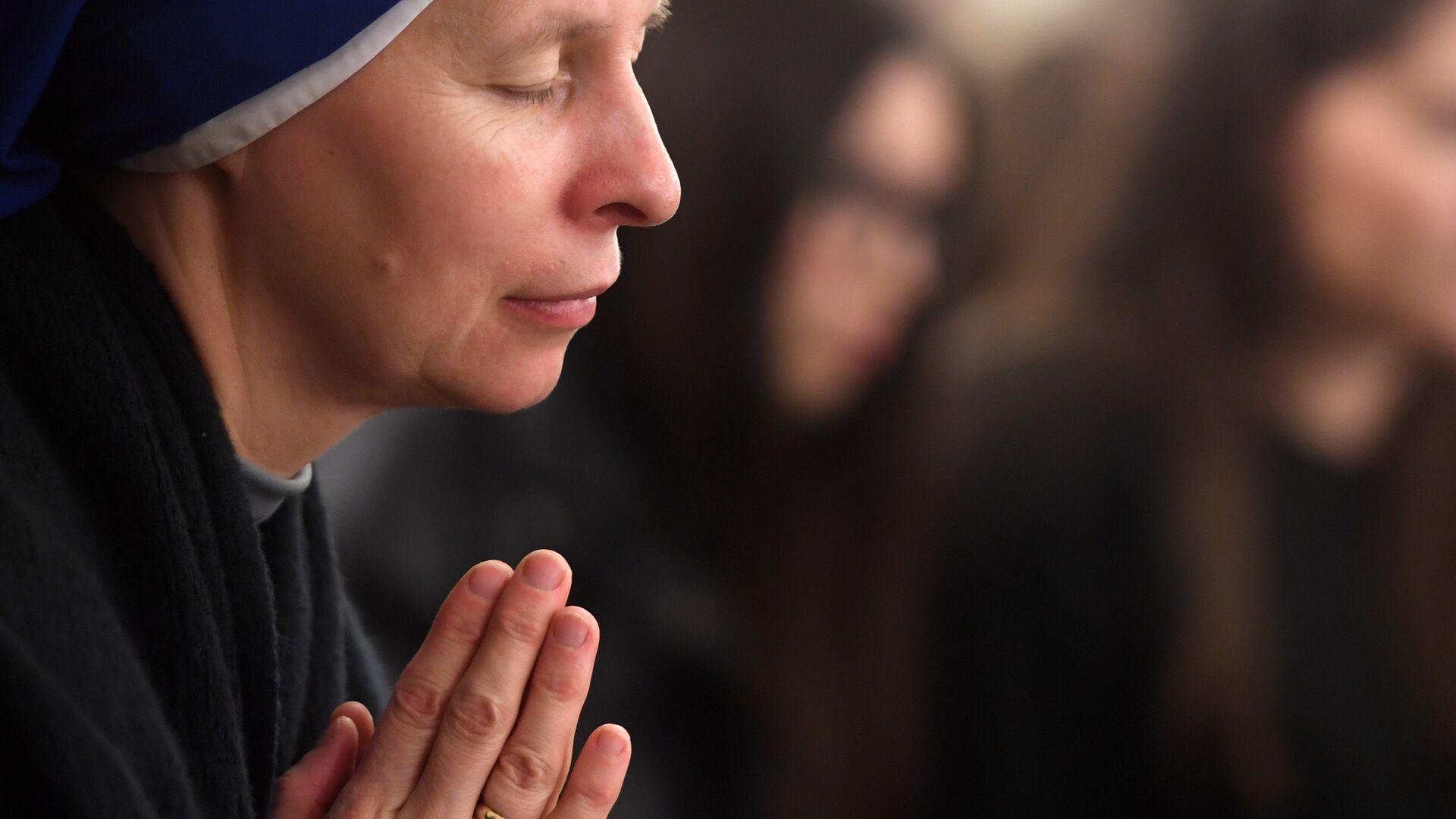
The Assumption of the Virgin Mary in Cyprus is not only a religious holiday but also an important cultural event that brings people together, showcases the richness of traditions and allows you to experience the spiritual depth and cultural heritage of the island. The celebration of this day symbolises faith, unity and respect for the centuries-old Orthodox customs handed down from generation to generation.
Read also:

